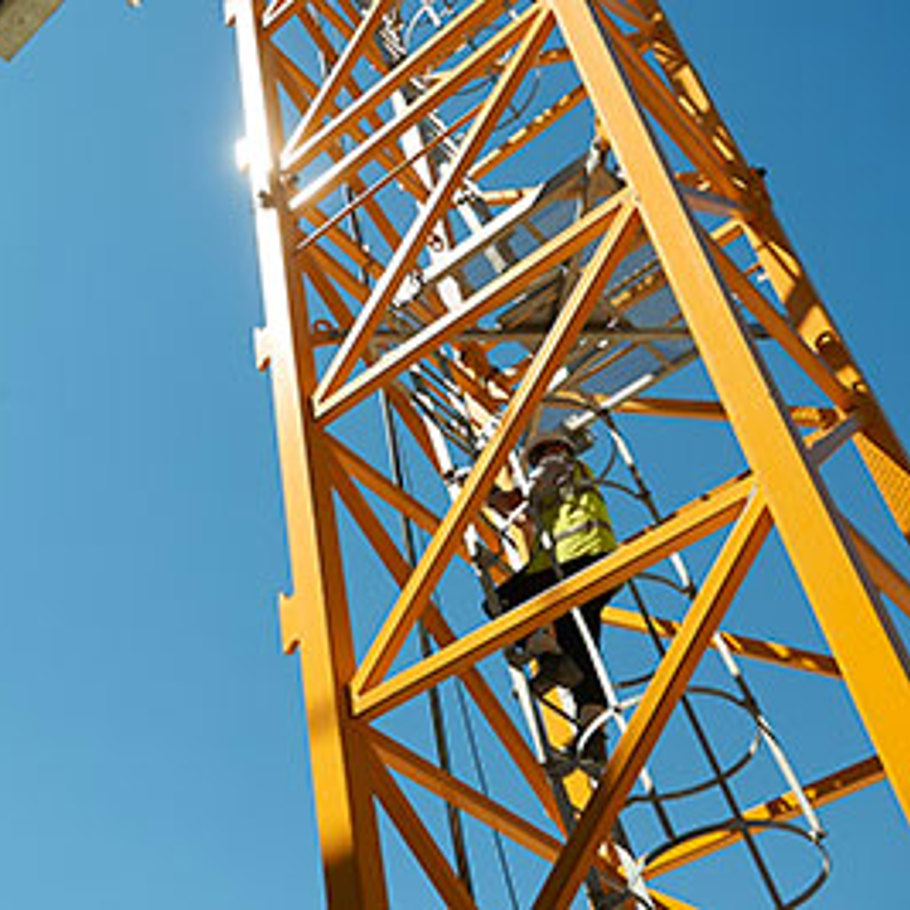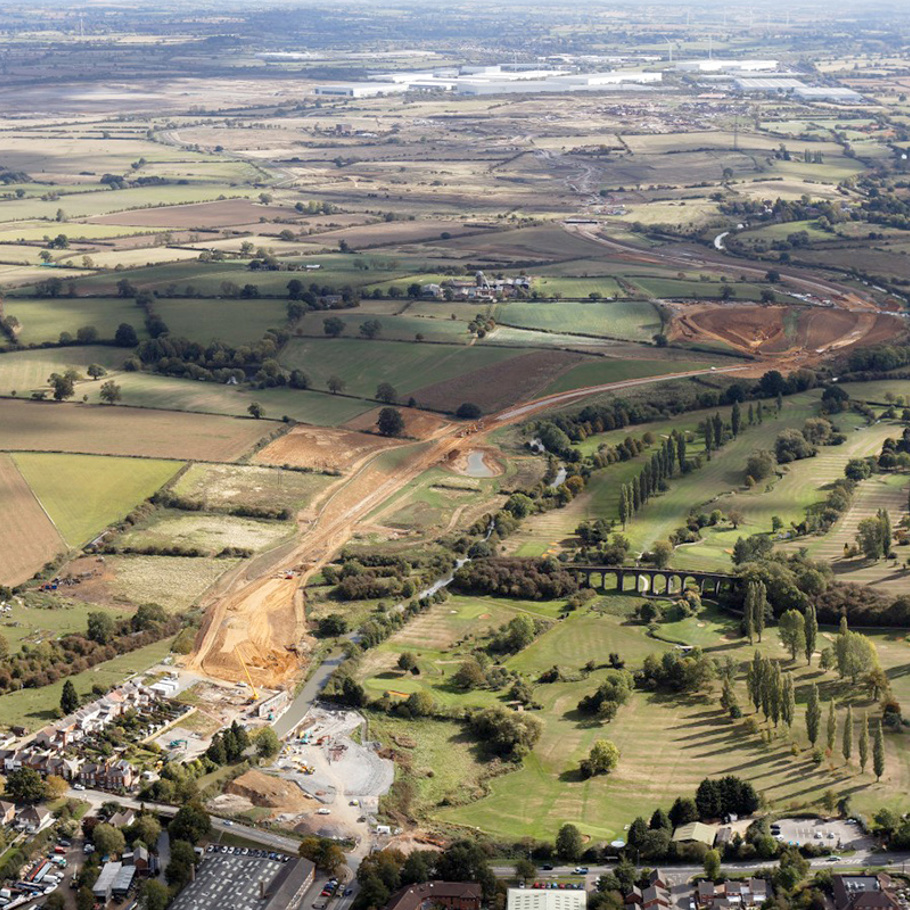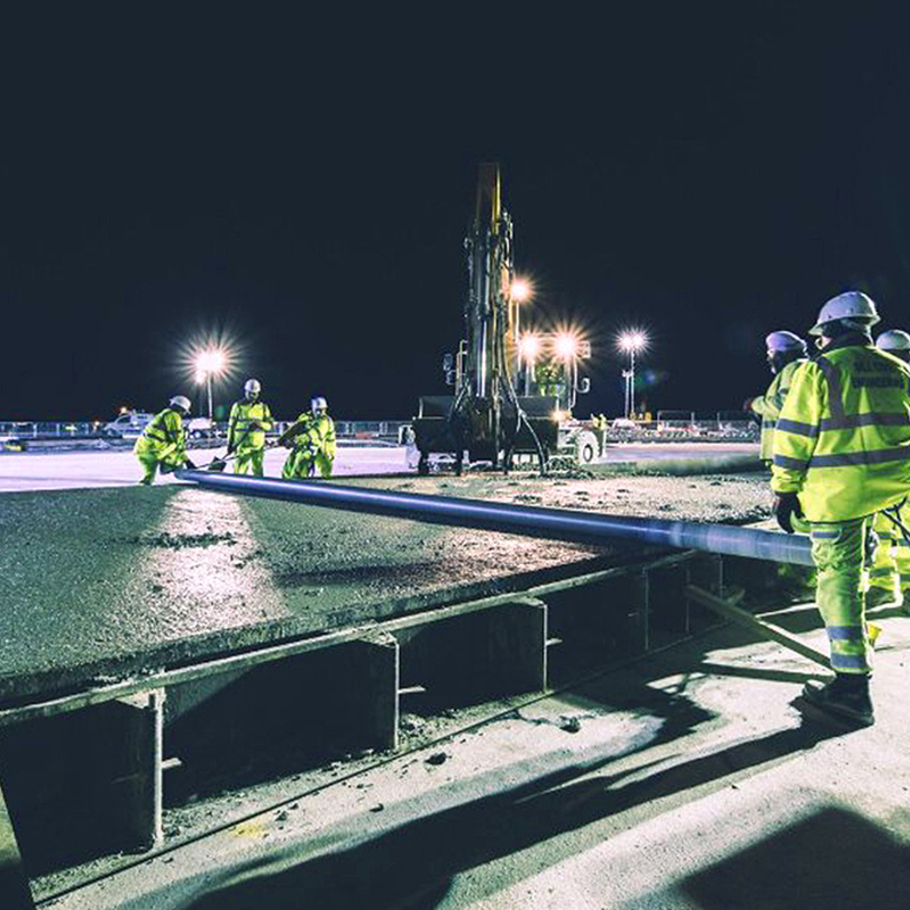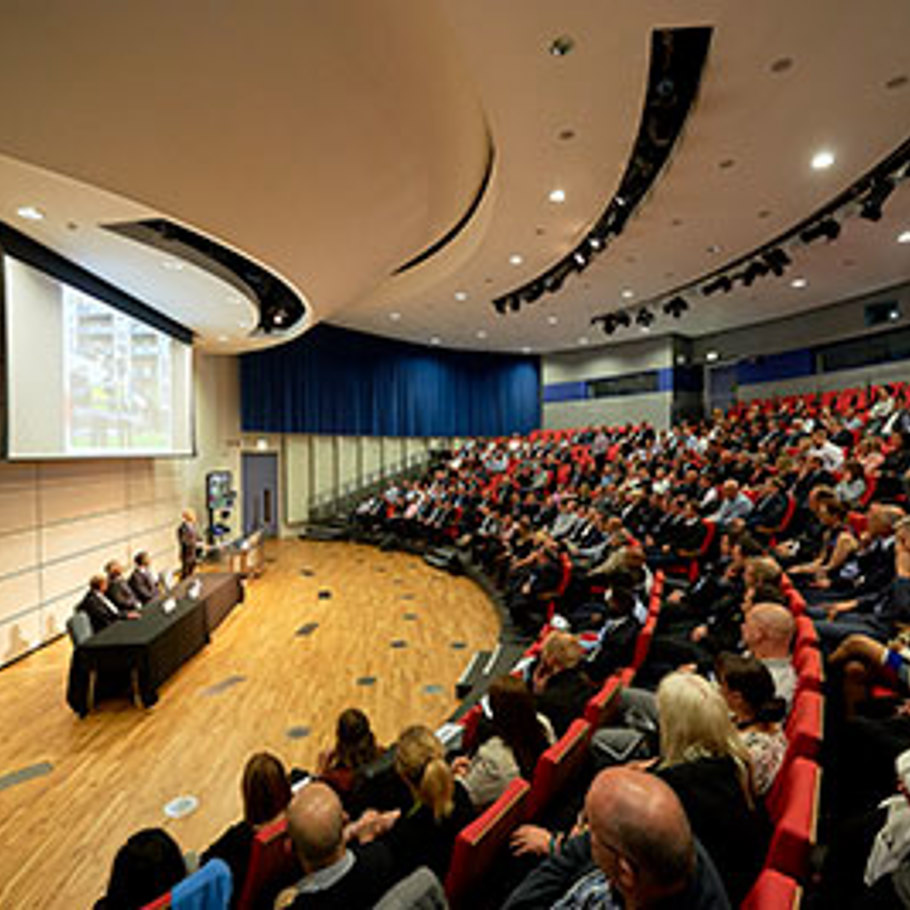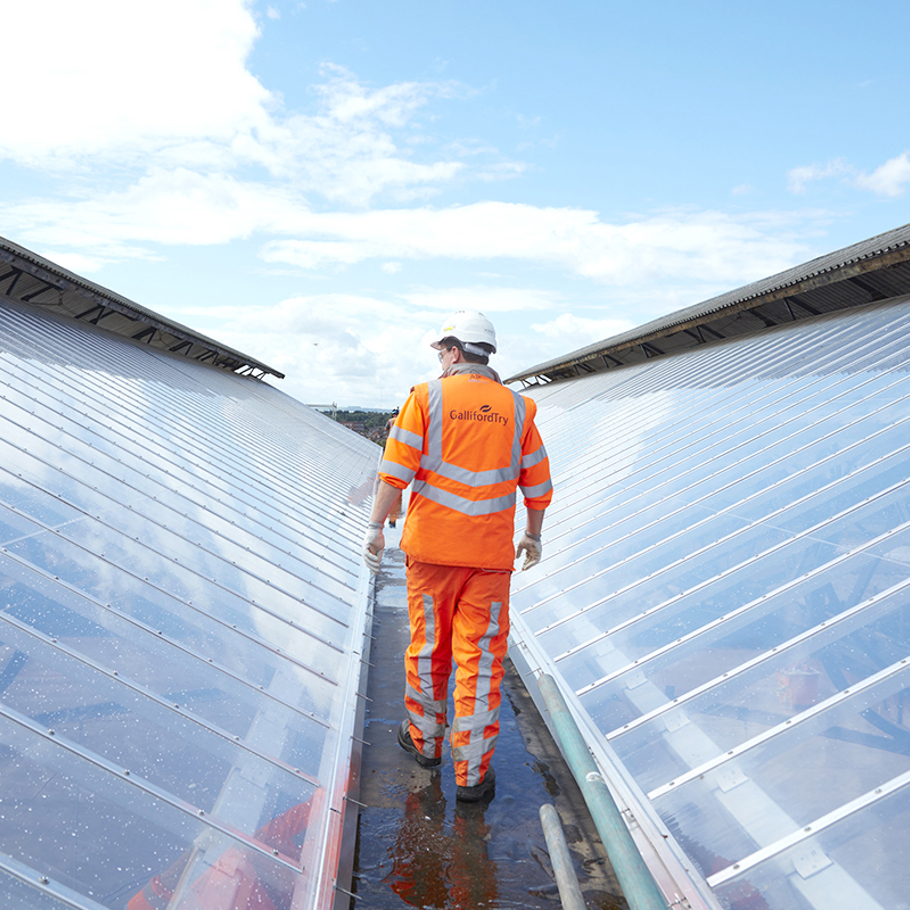1 Carbon dioxide equivalent emissions and waste intensity are reported by Calendar Year (CY), therefore the emissions reported for FY24 relate to the calendar year 2023. Since 2014, our reported emissions have been externally verified to the ISO 14064-3 assurance standard.
2 Emissions relating to the Rock & Alluvium business, which was sold in November 2023, have been excluded from CY23 emissions. CY22 and CY21 emissions have been restated to exclude emissions from Rock & Alluvium.
Scope 1 and 2 carbon emissions
Our Scope 1 emissions predominantly relate to fuel use in company cars and vans, and on-site plant and equipment. Our Scope 2 emissions relate to consumption of electricity across our sites and permanent offices. In 2023, our scope 1 and 2 emissions demonstrated a continued transition from fossil fuels to electricity. Emissions relating to the use of diesel on our sites were down 9.1%, and emissions relating to company cars and vans were down 6.9%. This was offset by an increase in emissions relating to electricity consumption which is driven by a number of factors, including:
· Company car business mileage claims transitioning from diesel/petrol cars to Electric Vehicles (EVs).
· The increased number and usage of EV chargers at our sites and offices, some of which relates to personal use in addition to business use.
· More people in the office more often, resulting in greater use of electricity.
Because electricity represents an increasing proportion of our scope 1 and 2 emissions, and we purchase 86% of our electricity on renewable tariffs (2022: 84%), we are now using market-based Scope 2 emissions within our headline scope 1 and 2 emissions KPI. This also aligns with our science-based target which is based on market-based Scope 2 emissions. The market basis uses emissions factors that reflect our actual electricity supply contracts and therefore allows us to demonstrate the impact of purchasing our electricity on renewable tariffs. The location basis uses the average generation mix for the UK and as such, is susceptible to changes that are outside of our control. On a market basis, our total scope 1 and 2 emissions have reduced by 2.5% year on year, but have increased by 0.4% on a location basis.
We have now reduced our reported scope 1 and 2 emissions by 66% since 2012, and by 71% on a like-for-like basis, adjusting for acquisitions, disposals and changes to methodology.
Scope 3 – verified emissions
We include certain categories of Scope 3 emissions within the boundary of the external verification where we have sufficiently reliable source data, such as business travel expense claims, and information regarding employee commuting to calculate emissions using a distance-based method.
Our verified Scope 3 emissions reduced by 16.6% from 8,545 tCO2e in 2022 to 7,128 tonnes in 2023. The biggest contributor to this reduction was a 34% fall in emissions relating to employee commuting. These emissions are estimated using responses from an employee commuting survey and the reduction is driven by more accurate information as a result of a higher survey response rate and improved data quality.
Waste intensity
Our waste intensity decreased from 21.8 tonnes per £100,000 of revenue in calendar year 2022 to 17.7 tonnes per £100,000 of revenue in calendar year 2023. Waste continues to be an area of focus, with increased use of Modern Methods of Construction, especially off-site manufacture, which can reduce the volumes of waste produced. Our focus on Right First Time also reduces waste through increased accuracy of materials required. We also manage our waste streams to maximise recycling and minimise waste to landfill, with 95.3% of our waste diverted from landfill (2023: 94.5%).
Water management
The effective management of water resources is of growing importance both in terms of managing our operational risk and protecting the natural environment. More regular intense rainfall events increase the risk of run-off from our sites, while periods of high temperatures and drought conditions can put restrictions on activities that require water usage, such as dust suppression and use of welfare facilities. Our project environment plans already include a water management section which addresses management of consents for water abstraction and discharge, and water course pollution control. However, we also recognise the importance of responsible use of water resources, including measures to reduce water consumption. Therefore, we have started recording water consumption data as part of our environmental reporting and will use this to establish baseline performance and to inform the development of water reduction targets.
Carbon Disclosure Project (CDP)
We continue to participate in the CDP, a global disclosure system for organisations to manage their environmental impacts. In 2023, we achieved an improved score of B ‘Management level’, (2022: C ‘Awareness level’), recognising the progress we are making in embedding climate action into our governance, strategy and operations.



